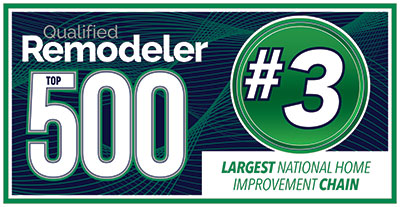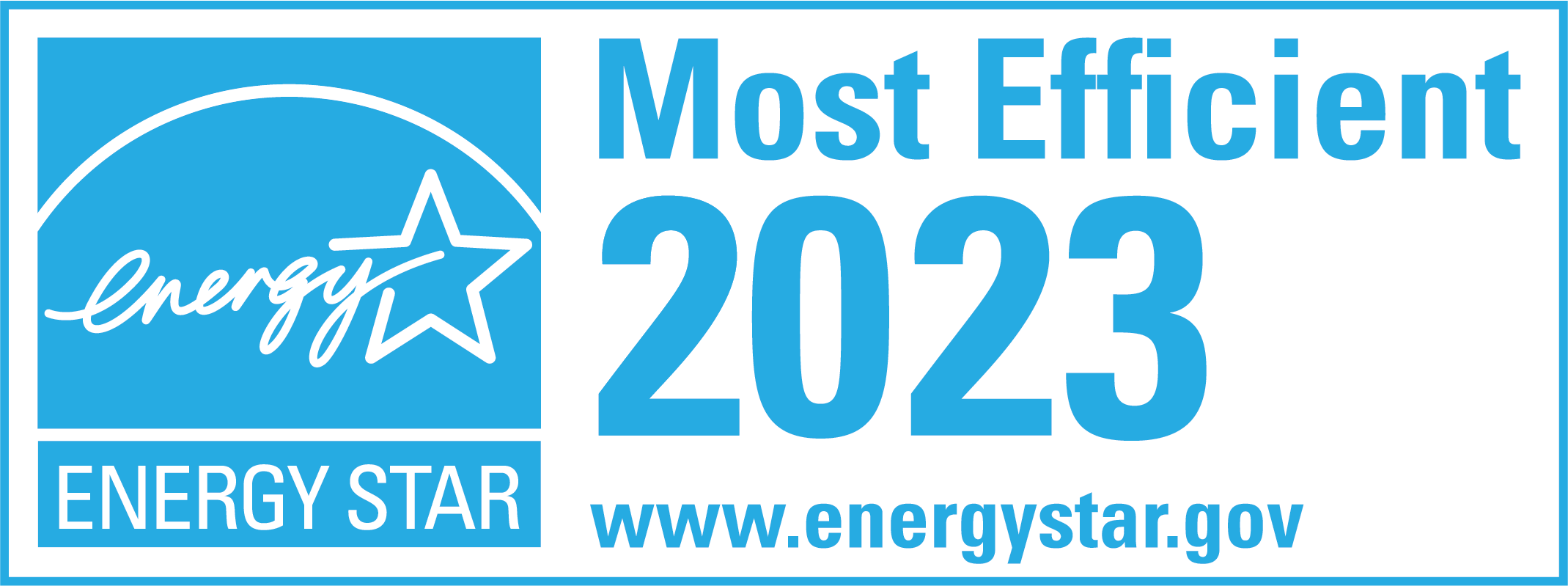Aluminum Window Problems
Aluminum windows have been widely used in residential and commercial buildings because of their lightweight, durability, and cost-effectiveness. However, over time, various problems can arise that compromise their performance and undermine longevity. In this article, we’ll explore the common issues with aluminum windows, compare their performance to other window materials, and provide solutions to prevent and fix these problems.
Common aluminum window problems
Aluminum windows have been popular for homeowners and builders for many years due to their affordability, durability, and low maintenance requirements. However, like all building materials, aluminum windows have their share of problems and challenges that can affect their performance and lifespan. This article will explore some of the most common issues with aluminum windows and how to address them.
Corrosion and rust
One of the most prevalent problems with aluminum windows is corrosion and rust. Aluminum is vulnerable to corrosion due to its reaction with air, moisture, and other environmental elements. This can cause discoloration, pitting, and weakening of the metal frame, leading to structural damage and air leakage. Rusting is another issue that can occur when aluminum windows come in contact with water, which causes the metal to oxidize and deteriorate over time.
To prevent corrosion and rust, keeping aluminum windows clean and dry regularly is essential. You can use mild detergent and water to clean the frames and sills, but avoid abrasive cleaners that can scratch and damage the surface. Also, apply a protective coating, such as anodizing or powder coating, to the aluminum frame to resist corrosion and improve its durability. Regular inspections of the windows can also help detect any signs of corrosion or rust early, allowing for timely repairs or replacements.
Poor thermal performance
Another significant problem with aluminum windows is their poor thermal performance compared to other materials such as vinyl, wood, and fiberglass. Aluminum is a highly conductive material that allows heat to transfer easily through the frame, which can result in significant energy loss and higher heating and cooling bills. In addition, aluminum windows tend to be less energy-efficient because they have higher U-factor and lower R-value ratings, which measure their ability to resist heat flow.
To improve the thermal performance of aluminum windows, you can install thermal breaks, which are strips of insulating materials that separate the frame’s interior and exterior surfaces. This can minimize the heat transfer and reduce energy loss. You can also choose aluminum windows with double or triple glazing, low-emissivity coatings, and gas fills, which can boost their insulation and energy efficiency. In addition, regular maintenance and weatherstripping can help seal any gaps and cracks in the window frame, further reducing energy loss.
Condensation and mold growth
Condensation and mold growth can occur when warm, moist air inside the building comes into contact with the cold surface of the aluminum windows. This can lead to water accumulation, which can stain the frame, promote fungal growth, and cause health problems for occupants. Moreover, condensation can increase the risk of corrosion and reduce the lifespan of aluminum windows.
To prevent condensation and mold growth, you can improve the ventilation and air circulation in the building, reduce the humidity levels, and apply a fungicidal treatment to the aluminum frames. You can also install insulated glazing units with warm-edge spacers, reducing the temperature differential between indoor and outdoor surfaces and minimizing the condensation risk. Regular cleaning and maintenance of the windows can also help prevent moisture and mold buildup.
Noise transmission
Aluminum windows can be prone to noise transmission, which can be particularly annoying in urban or noisy environments. Aluminum is less effective in blocking sound waves than other window materials, such as vinyl or wood, and can allow unwanted noise to enter the building. This can affect the occupants’ comfort, concentration, and sleep quality.
To reduce noise transmission, you can use double or triple glazing, laminated glass, insulated frames, or acoustic seals, creating a barrier against sound waves. You can also add sound-absorbing materials, such as curtains, carpets, or wall panels, to the room to lessen the noise impact. In addition, landscaping and outdoor noise barriers can help reduce the amount of noise that reaches the building.
Difficulty in painting and maintenance
Finally, aluminum windows can be more challenging to paint and maintain than other materials, such as wood or vinyl. Aluminum frames tend to have a smooth, non-porous surface, making it difficult for paint or coatings to adhere properly. Moreover, the metallic finish of aluminum windows may not match the aesthetic preferences of some homeowners.
To make painting and maintenance easier, you can opt for pre-finished aluminum windows, which have already been coated with a durable finish that resists fading and peeling. You can also use a high-quality primer and paint designed for use on metal surfaces, or consider replacing the aluminum windows with a different material that better suits your needs and preferences. Regular cleaning and maintenance of the windows can also help prolong their lifespan and prevent the need for costly repairs or replacements.
Comparing aluminum windows to other window materials
Aluminum vs. vinyl windows
Vinyl windows offer several advantages over aluminum windows, such as better energy efficiency, lower maintenance requirements, and a more extensive range of colors and styles. Vinyl frames are typically made from polyvinyl chloride (PVC) that can resist water, mold, and fading. They also have a higher R-value and lower U-factor than aluminum, which can contribute to lower energy bills and increased comfort.
However, vinyl windows may not be as strong as aluminum and can warp or crack under extreme temperatures. They also tend to be less customizable than aluminum, which can limit their design options.
Aluminum vs. wood windows
Wood windows have a natural, timeless look that can enhance the aesthetic appeal of a building. They are also highly customizable and can be stained or painted to match the interior or exterior decor. Moreover, wood is an excellent insulator that can provide better energy efficiency than aluminum.
However, wood windows can be more expensive than aluminum and require regular maintenance to prevent rot, warping, or weathering. Wood frames are also more susceptible to termite infestation, which can compromise their structural integrity.
Aluminum vs. fiberglass windows
Fiberglass windows are relatively new on the market but have gained popularity due to their excellent strength, energy efficiency, and durability. Fiberglass frames are made from reinforced plastic that can resist moisture, insects, and UV rays. They also have a low thermal expansion coefficient, which means they can expand and contract without warping or cracking.
However, fiberglass windows can be more expensive than aluminum and have limited color options. They may also require professional installation due to their weight and size.
How to prevent and fix aluminum window problems
Regular cleaning and maintenance
The most effective way to prevent aluminum window problems is to keep them clean and maintained regularly. This includes cleaning the frames and sills with mild detergent and water, lubricating the hinges and locks, and ensuring that the flashing and weep holes are clear of debris. You should inspect the windows periodically for signs of damage, such as cracks, chips, or gaps, and address them promptly to prevent further deterioration.
Applying protective coatings
Another way to improve aluminum window performance and lifespan is to apply protective coatings, such as anodizing or powder coating. These coatings can enhance aluminum’s resistance to corrosion, UV rays, and scratching and improve its aesthetic appeal. You can also apply a clear sealant to the aluminum frame to protect it from moisture and debris.
Installing thermal breaks
To improve the energy efficiency of aluminum windows, you can install thermal breaks, which are strips of insulation that separate the frame’s interior and exterior surfaces. This can prevent heat transfer, reduce energy loss, and be particularly beneficial in cold or hot climates.
Proper sealing and insulation
Ensure your aluminum windows are properly sealed and insulated to prevent condensation and air leakage. This may involve weatherstripping, caulking, or foam insulation to seal the gaps between the frame and the wall. You should also check the weatherstripping periodically for wear or damage and replace it as necessary.
In closing
In summary, aluminum windows can be a practical and affordable choice for building owners, but they are also prone to several problems that can compromise their performance and longevity. By understanding the common issues with aluminum windows, comparing their performance to other materials, and implementing preventive measures and maintenance practices, you can enjoy the benefits of aluminum windows without sacrificing comfort, energy efficiency, or durability.






